Commercial Grade Treadmills vs. Standard Home Treadmills
Treadmills have become exceedingly popular over time as people strive to attain their fitness goals. Personally, since selling my ProForm home treadmill, I only use commercial grade treadmills while at the gym. Since a gym is so close by and conveniently located, I prefer to be there over my basement.
The LifeFitness treadmills at my local gym vs. my cheap home treadmill are far and away better, there is no comparison. Sure, you can also have a similar commercial grade treadmill feel at your home gym, but you would have to spend in the thousands.
I used to absolutely hate being on a treadmill and running. To be honest, as a baseball player, the only running I ever enjoyed was running after a flyball during a practice or a game, that’s it!
Now, I actually enjoy it. How could I not? Local health clubs offer awesome treadmills with so many features. You can walk or run in total comfort while listening to your favorite music or watching a number of shows or news broadcasts on large flat screen TV’s.
Treadmills offer my benefits during running and walking. Just as with other equipment such as exercise bikes, ellipticals and stair climbers, there are many different types of treadmills.
For commercial grade, you typically see LifeFitness or Precor treadmills in your big franchise gyms like LA Fitness, Lifetime Fitness, Planet Fitness or Anytime Fitness.
For standard grade treadmills like Welso or ProForm, I can almost guarantee you that those types would only be seen in a home. They don’t have the weight capacity or the durability to withstand the use at a gym.
Although there is a convenience associated with a health club treadmill, you still have a recurring membership cost. So many people prefer to pay for a treadmill one time and have it in their home for an extended period of time. This is super convenient in its own way since you don’t have to leave your home. Plus, many of these home treadmills have space saver technology and fold up to fit in a tight area. This is especially good for apartment living.
Again, a treadmill can be standard grade that you will find in most homes or a commercial grade treadmill that you find in most health clubs.
Below are some of the key differences between the two.
- Standard Grade Usage – Standard grade treadmills are intended for light to medium use by a single person and are typically used for home gym workouts. They are intended for home use, for smaller work out areas and have a much lower overall price range than commercial treadmills.
- Commercial Grade Usage – While commercial grade treadmills can be purchased for home use, they are more seldom found in the home of the average american due to the high price range. In saying that, commercial treadmills are best suited for health clubs where they go through rigorous and continuous use. They can withstand workouts from the most serious workout enthusiasts and can take the abuse from trainers.
- Luxury Features – Commercial treadmills have superior luxurious features. Many offer touch screens, internet, High Definition TV, interactive courses, iphone/ipod compatibility and even having entertainment apps.
- Treadmill Decking – The treadmill deck is critical for those desiring the most comfortable walk or run. The better the decking, the better it will be for your joints. Typically, the higher the price range, the better deck cushioning will be. LifeFitness offers their own FlexDeck Absorption System while Precor has their own patented Ground Effects Impact Control System.
- Motor – Standard grade treadmills typically have a motor of 1 to 2.75 HP while commercial grade treadmills motors range from 3 HP to 5 HP. A treadmill with a 3 HP motor is considered light commercial grade while 4 and 5 HP is a considered a full commercial grade motor system. A 2.5 continuous horse power motor (CHP) is relatively standard for a treadmill in the five hundred dollar price range.
- Frame – Commercial treadmills have a fixed frame that is very heavy duty. These features enable it to be in use for 24 hours daily in a health club setting. The weight of the frame ranges between 300 to 600lbs depending on the treadmill’s brand or model. Standard grade treadmills either have a frame that you can fold up or a fixed but light one. It typically weighs less than 300lbs, and this allows you to move it in a home setting even on your own.
- Weight Capacity – A standard grade machine can sustain someone with up to 300lbs on most models while the commercial grade treadmills are designed to carry up to 500lbs. Some unique models such as those designed for rehab can hold a weight up to 600lbs.
- Lubrication – Some commercial grade treadmills have a deck system that self-lubricates. It does this by using a pouch of lubricant that is sprayed after numerous hours of usage. Others require manual lubrication. Standard grade treadmills have a wooden deck that is covered with a lubricant that lasts for some years with 1 or 2 people using it for fitness a few times a week. For such equipment, you need to buy a silicon lubricant and spray it below the belt onto the deck monthly to make the treadmill last longer.
- Tread belt – Commercial grade treadmills have a longer treadbelts for running. Most are available with a four-ply treadbelt. You would usually see a belt size similar to 22×60 for a commercial treadmill. Typically, Standard grade treadmills have a two-ply treadbelt and are common on ProForm and other similar brands at 20×55 .
Whether you are buying a treadmill or using a treadmill at a local gym, the above items list should provide a good overview of what you are using at the gym or what you are choosing to buy for your home workout gym. Consider the above differences to determine the type that best suits you.
In closing, I would like to say that treadmills have many health benefits and was the primary reason I was able to keep off 40 lbs. that I lost more than 15 years ago now. When I finally realized that having the physique that I wanted involved running, it became a new way of life for me.


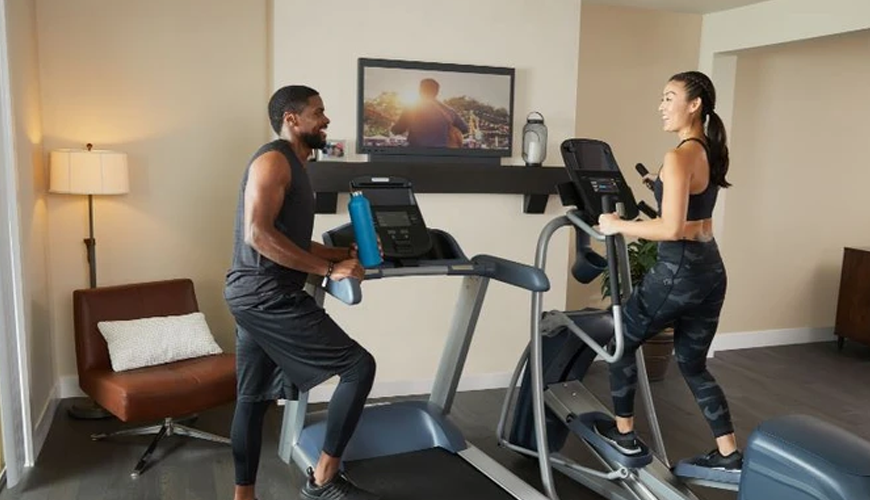
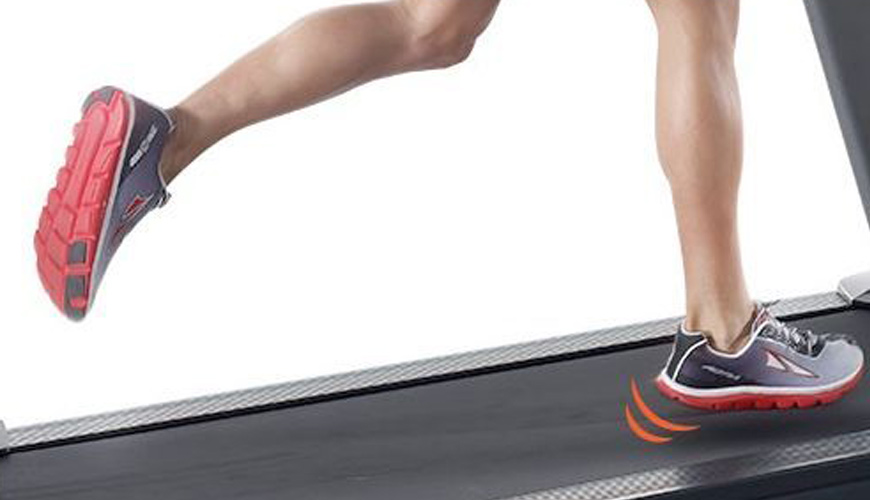


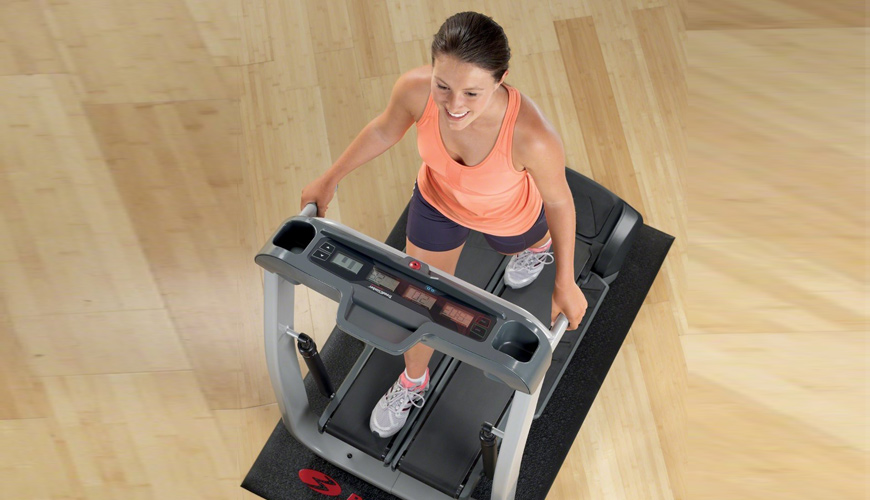
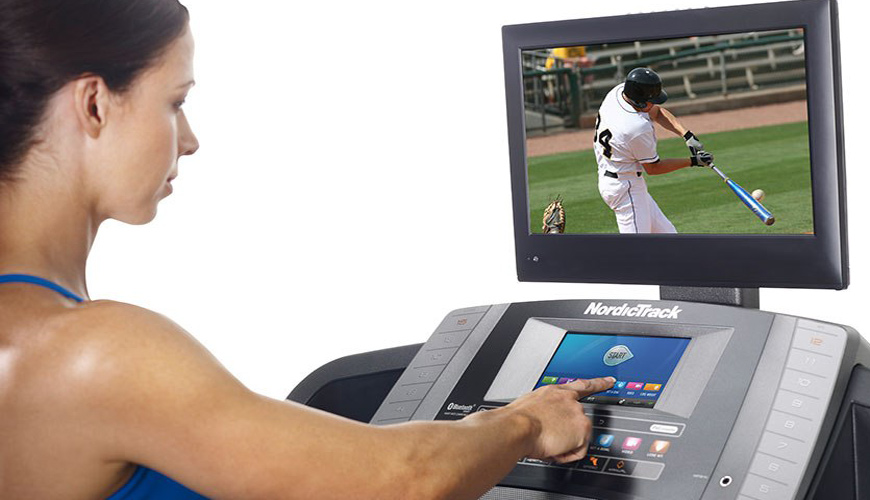
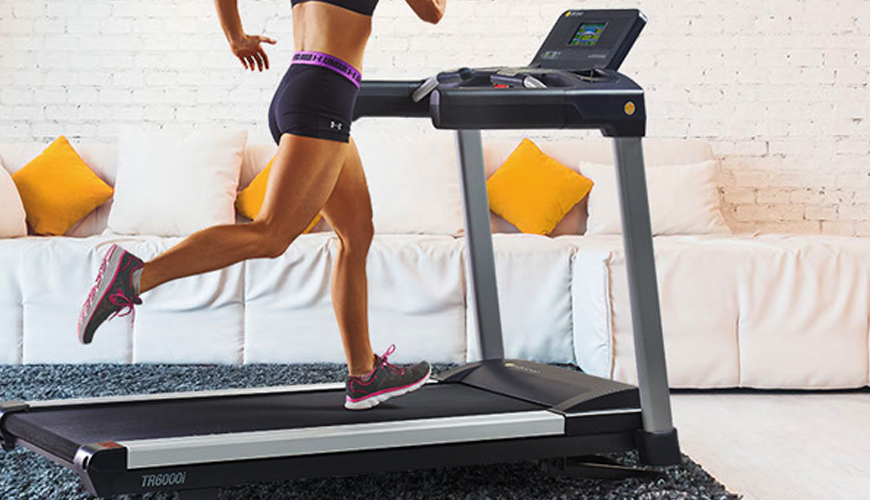
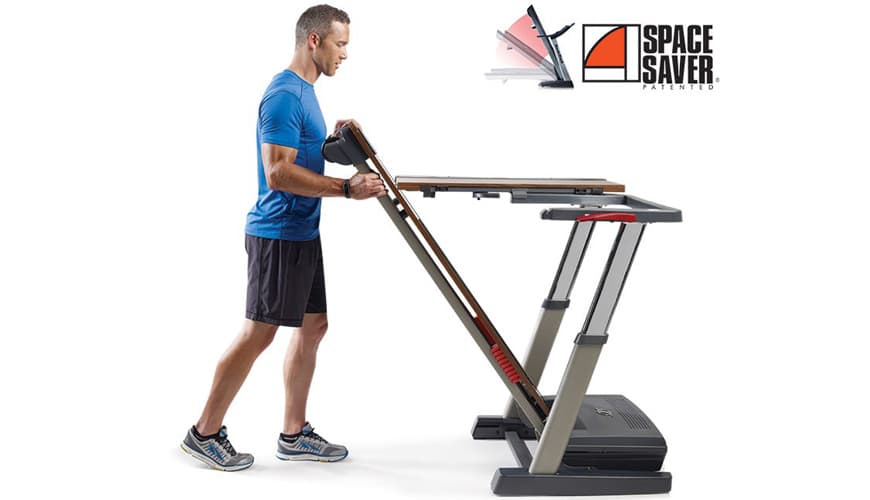
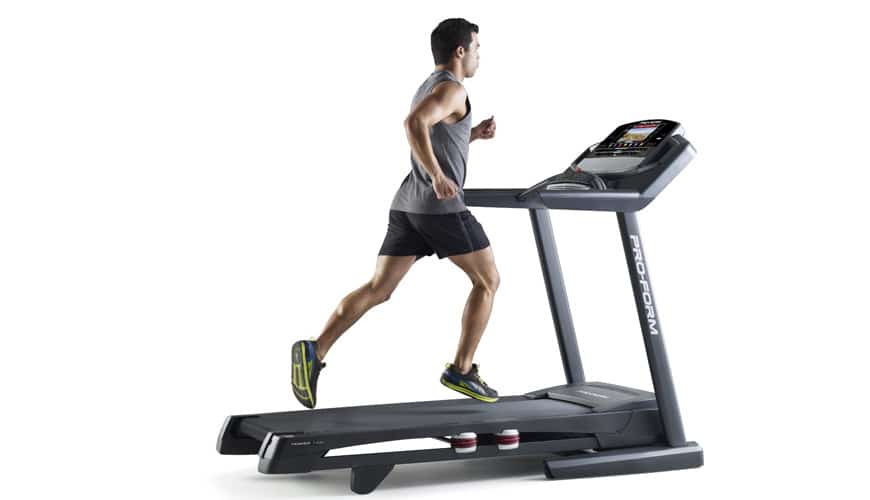

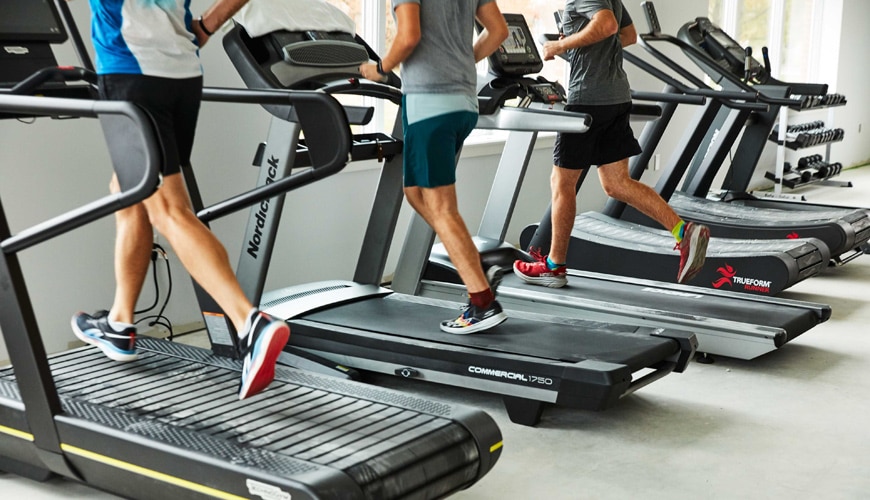
One thought on “Commercial Grade Treadmills vs. Standard Home Treadmills”